
We get it. You love your electronics. You can probably go longer without water than without your laptop or iPad. So it was a nasty surprise when the U.S. sprang an electronics ban on all inbound flights from seven Muslim-majority countries. Any device larger than a smartphone (excluding medical devices) can’t be carried into the cabin, and needs to be checked instead.
Sadly, we at AirlineReporter aren’t invited to top-secret government intelligence briefings, so we can only hope there’s an excellent reason for the ban. The downside is a little more evident. Beyond the inconvenience, devices and their flammable lithium batteries are now all stuck in the cargo hold, where they are harder to monitor and contain.
Even so, the ban isn’t the end of the world. There’s more to flying than watching downloaded movies or checking your email on overpriced inflight wifi. Take our word for it. We caught a flight on Turkish Airlines, one of the carriers affected by the ban. We were flying out of the U.S. so we technically weren’t subject to the ban, but we decided to leave our laptops off anyways. And guess what? We still had a blast. Read on for the — count ’em — TEN great ways we still had plenty of fun in the skies without our electronics.
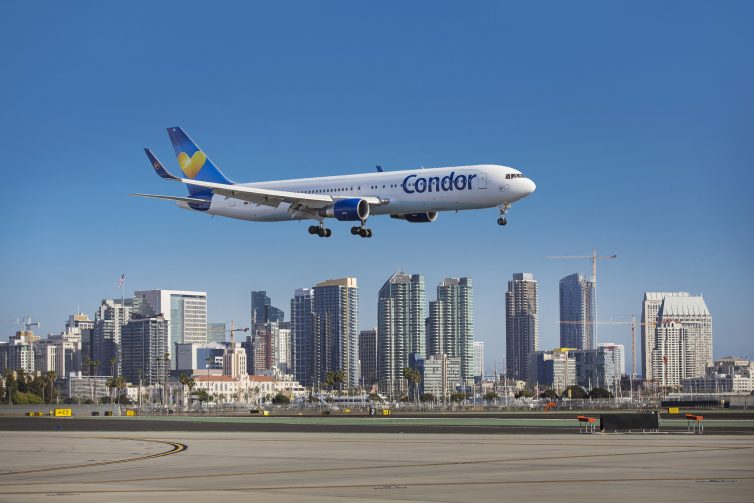
Condor inaugural San Diego arrival – Photo: San Diego County Regional Airport Authority
Recently, I had the opportunity to take my first ever inaugural flight. Condor inaugurated twice-weekly service nonstop from Frankfurt to San Diego and they were kind enough to allow me to tag along. This was a special trip for me, as I rarely get the opportunity to fly internationally in anything but economy class, as more opulent flying is typically not in my budget.
-
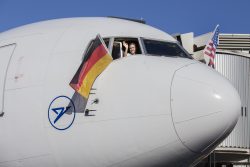
-
Condor inaugural San Diego arrival
-
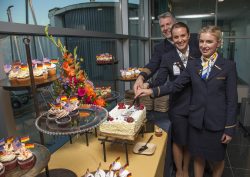
-
Inaugural celebration – Photos: San Diego County Regional Airport Authority
-
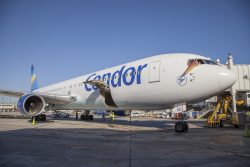
-
Condor inaugural San Diego arrival
Not only was this a big deal for me, but this new connection to Europe is a big deal for the city of San Diego and the 3 million plus people in the metropolitan area. With the new flight, Condor becomes just the second nonstop connection to Europe, and first by a leisure airline.
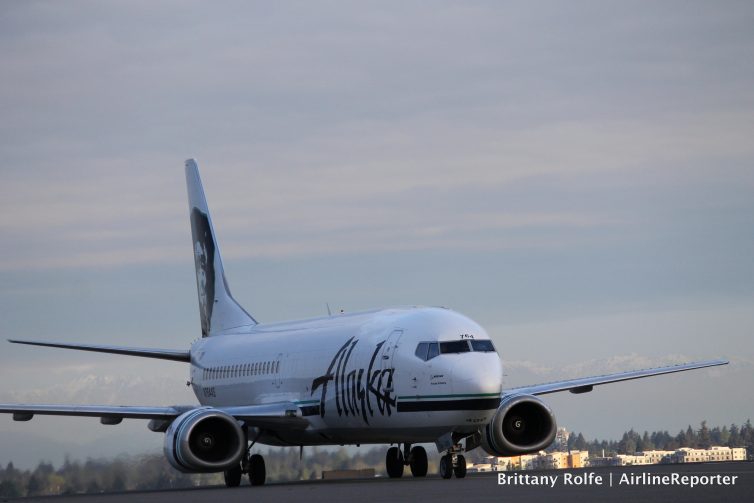
The first Copper River salmon of the season arrives to Seattle on N764AS
As I headed to the eighth annual Alaska Airlines Copper River Cook Off I was excited, but a little nervous about my story angle. For six years I shared a pretty similar story about the first Copper River salmon of the season being flown down from Alaska. How the huge (and delicious) fish is walked off the plane, cut up, cooked by a few fancy restaurants, and one dish is chosen as the winner. Do not get me wrong, I have loved every year participating, but I didn’t want to be that guy, telling the same story over and over again.
-
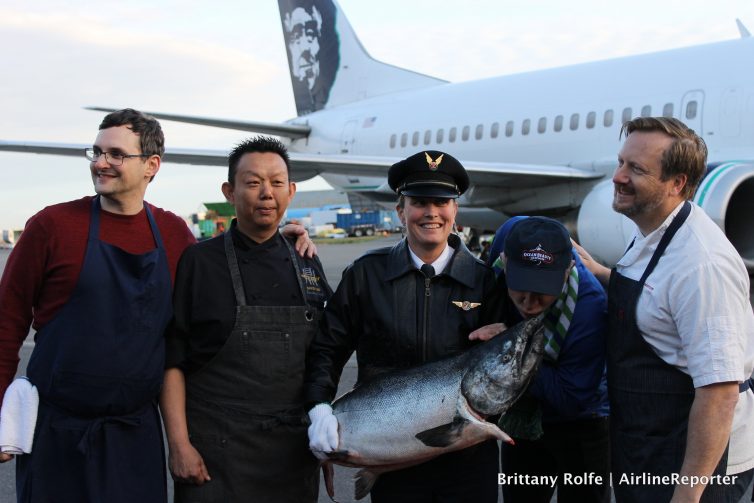
-
Kiss the fish!
-
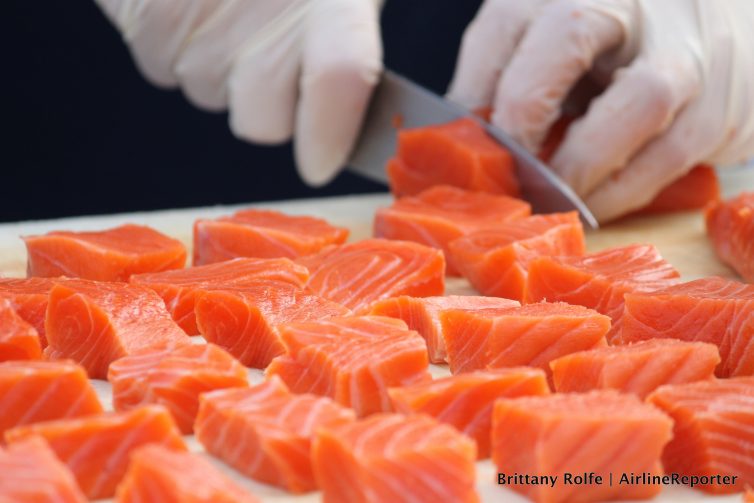
-
Nomnom
-
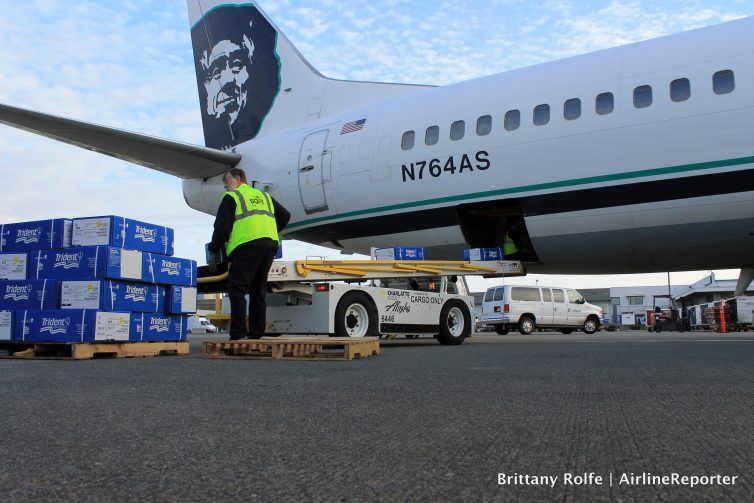
-
Unloading delicious cargo
Last year I was pretty darn lucky to get a chance to fly up to Cordova, Alaska, watch all the boats go out to get the fish, and follow the fish back to Seattle and into my belly. Even with all my airline adventures, I have to say flying with the fishies has been one of my favorites (flying with fishies good, sleeping with fishies bad).
Last Friday, I was still very sleepy when I got to the Alaska Air Cargo parking lot at Seattle-Tacoma International Airport waiting for this year’s plane to land. I started chatting with Halley Knigge, Alaska Airlines Media + Content Editor, and she mentioned that Alaska was retiring their first 737-400 Combi (half cargo, half passengers, all 737) out of their fleet the following week (aka this week). Oh thank you once again AvGeek Writing Gods… I had my angle.
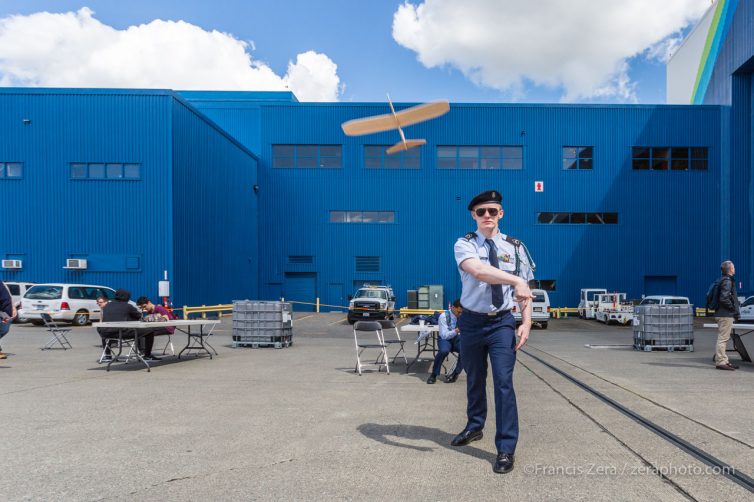
ROTC cadet launching a balsa-wood airplane
Roughly 1,200 high school and college students from across Washington state descended on Alaska Airlines’ maintenance facilities at Seattle-Tacoma International Airport recently to get a behind-the-scenes look at the aviation industry. More than 350 Alaska Airlines employees volunteered their time and expertise for the day.
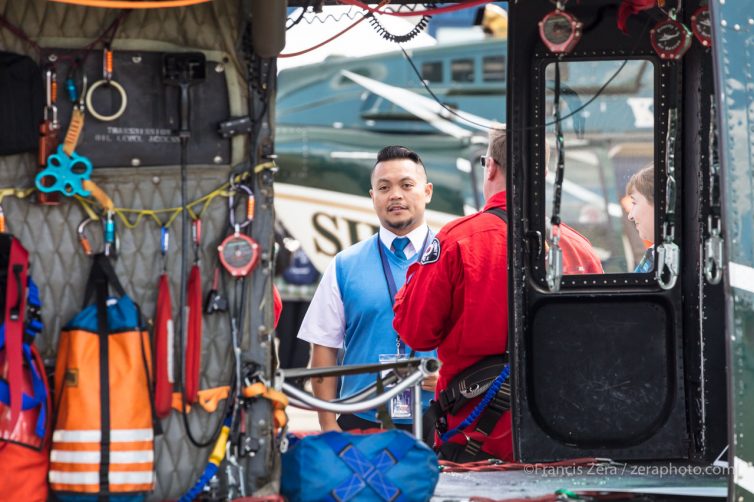
An attendee checks out King County’s search & rescue UH-1H helicopter
The Navy brought an EA-18G Growler over from Naval Air Station Whidbey, local, state, and federal law enforcement agencies brought vehicles and staff to answer questions about careers, and more than a dozen general aviation aircraft filled a hangar for students to see, and some were available for them to learn how to pre-flight, including a Piper J-3 Cub and a Cessna Caravan.
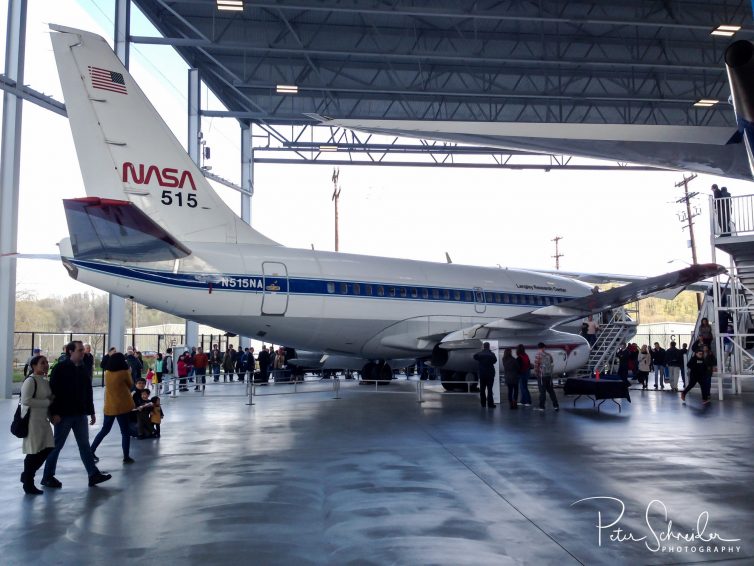
The first Boeing 737, seen at the Museum of Flight
April 9, 1967 was a special day in aviation history. Capt. Brien Wygle and First Officer Lew Wallick took the Boeing 737 prototype on its maiden flight. Fast forward 50 years to April 9, 2017 and we found ourselves at the Museum of Flight in Seattle to celebrate the Boeing 737’s 50th birthday.
-
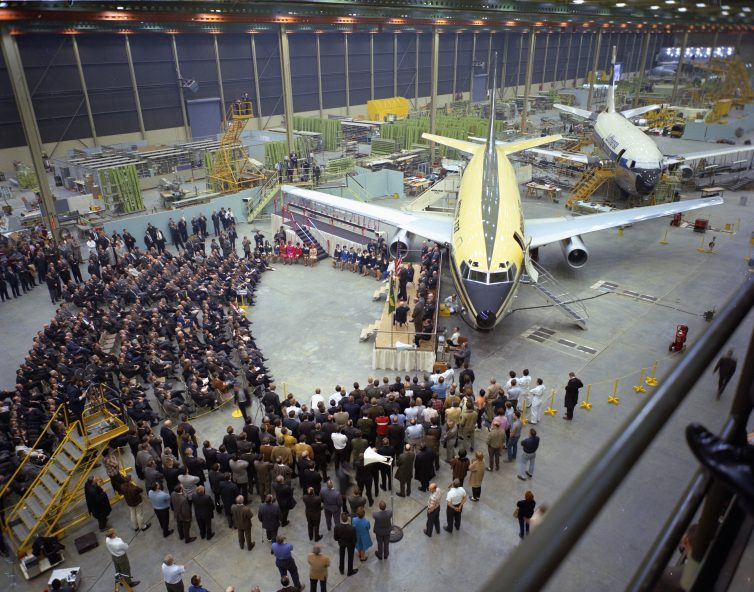
-
The first 737 – Photo: Boeing
-
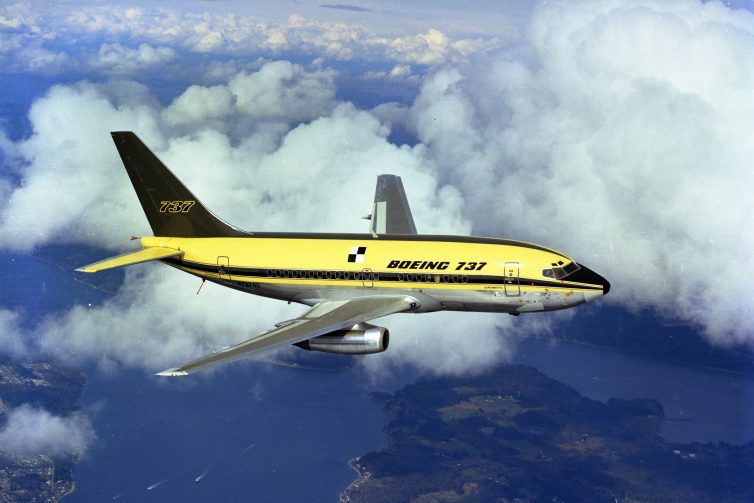
-
In flight – Photo: Boeing
-
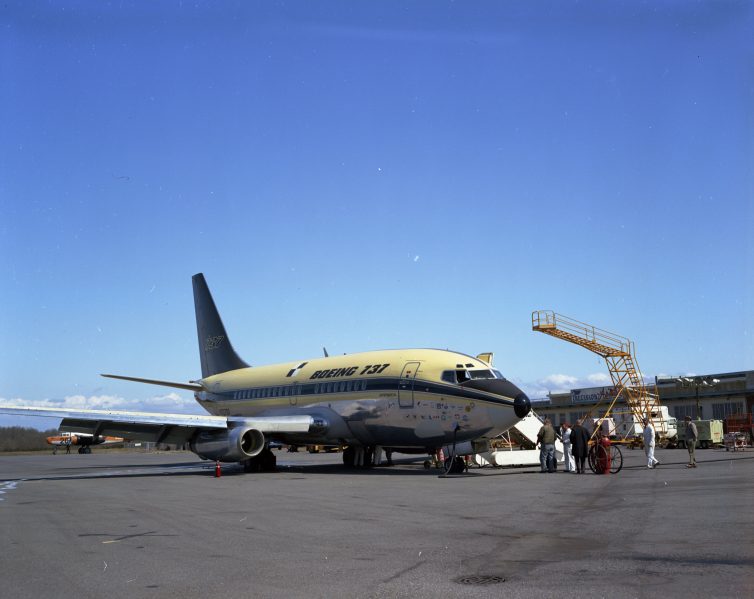
-
Photo: Boeing
The festivities kicked off in the theater with a panel discussion moderated by Mike Lombardi, Boeing Company historian. The other members on the panel were Peter Morton, Boeing 737 marketing, Capt. Brien Wygle, Captain of the 737’s first flight, and Bob Bogash, a 737 engineer. With nearly a full theater, the lively discussion lasted for nearly 90 minutes.














